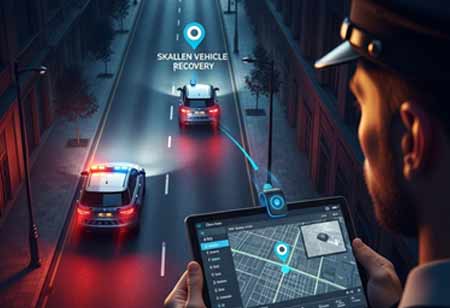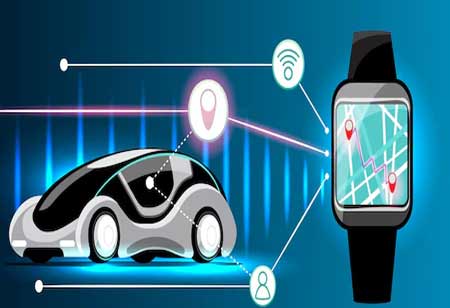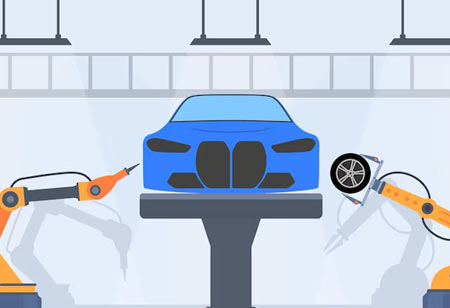THANK YOU FOR SUBSCRIBING
THANK YOU FOR SUBSCRIBING
Be first to read the latest tech news, Industry Leader's Insights, and CIO interviews of medium and large enterprises exclusively from Auto Tech Outlook

By
Auto Tech Outlook | Tuesday, October 07, 2025
Stay ahead of the industry with exclusive feature stories on the top companies, expert insights and the latest news delivered straight to your inbox. Subscribe today.
Fremont, CA: As the automotive industry transitions from conventional technology integration to highly connected vehicles, the Internet of Things (IoT) presents innovative solutions to many historical challenges related to automotive security. One of the most significant advancements is in the recovery of stolen vehicles. Traditionally, theft recovery mechanisms have operated reactively, relying on manual tracking efforts that often result in delays and suboptimal success rates. IoT systems revolutionize the approach to locating and recovering stolen vehicles by providing real-time data and enabling remote access to specific vehicle functions. This technological innovation enhances the efficiency and effectiveness of theft recovery operations.
Real-Time Tracking and Remote Monitoring
The advantage of IoT-enabled cars is the ability to communicate in real time. The sensors and GPS modules embedded inside the vehicle send location data to secure cloud platforms where owners and authorized people can monitor vehicles live. This reduces the time required to respond to theft and increases the probability of recovering a car. Even in some cases, alerts can be automatically triggered when they observe suspicious activity of unauthorized movement or ignition beyond the preset parameters. Such accurate location data can be provided to law enforcement authorities, leading to quicker and safer recoveries.
Integration with Security and Immobilization Systems
The IoT platform often integrates advanced features in the connected vehicle security systems, such as remote immobilization. When theft occurs, this feature enables authorized users to send commands from remote places to turn off the engine or lock down all vehicle systems, thus effectively preventing the possibility of any further movement while at the same time ensuring safety. Typically, such features are managed through secure interfaces that require credential authentication, lowering the likelihood of misuse. This level of control allows the vehicle owner to respond immediately before attempting physical intervention. When paired with tracking capabilities, immobilization significantly enhances the chances of recovering a vehicle intact and with minimal damage.
Data-based Prevention and Pattern Analysis
Beyond immediate reaction, IoT can also enable preventive theft behavior in data analysis of the patterns and behaviors of usage. Connected systems would learn regular driving paths to parking conditions and access times. An alert could warn the owner of possible unauthorized activity when diverging observable behavior from the patterns. The aggregated data across the vehicle fleets could also point out specific trends in theft attempts, so the manufacturers and security providers can improve their systems. Because these insights are gathered over time, most robust security becomes an adaptable infrastructure.
Connected applications in vehicle recovery from theft are almost inkling examples of how connected solutions redefine automotive functionality. IoT devices will now allow real-time tracking, remote intervention, and predictive analytics into a model that serves as a foundation for reduced response times and increased possibility of theft-prevention safeguards for contemporary vehicles. As connectivity becomes more standard across models, these features will likely be expected parts of vehicle ownership. As advanced as this technology evolves, it symbolizes reassurance to drivers and law enforcement, creating more effective tools against theft.
 Copyright © 2025 AutoTech Outlook. All Rights Reserved | Privacy Policy | Subscribe | Sitemap | About us | Feedback Policy | Editorial Policy
Copyright © 2025 AutoTech Outlook. All Rights Reserved | Privacy Policy | Subscribe | Sitemap | About us | Feedback Policy | Editorial Policy 



